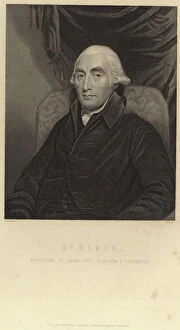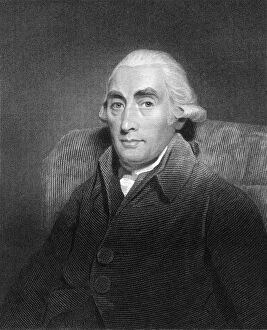Joseph Black Collection
Joseph Black was an eminent 18th-century Scottish physicist and chemist, whose contributions to the field continue to be celebrated
All Professionally Made to Order for Quick Shipping
Joseph Black was an eminent 18th-century Scottish physicist and chemist, whose contributions to the field continue to be celebrated. His legacy is beautifully captured in various engravings and artworks that depict his remarkable life and work. In one engraving by James Posselwhite, we see Joseph Black portrayed with great detail, showcasing his intellectual prowess and scientific curiosity. Another artwork by J Rogers showcases him as a distinguished figure, emphasizing his significant role in advancing both physics and chemistry during this era. One captivating image shows Joseph Black visiting James Watt in his Glasgow workshop around 1760. This encounter between two brilliant minds undoubtedly sparked innovative ideas that would shape the future of science. Cooke's portrayal as a chemist in the late 1780s captures the essence of his dedication to unraveling the mysteries of chemical reactions. The detailed depiction allows us to imagine him deep in thought, conducting groundbreaking experiments that would revolutionize our understanding of heat transfer. John Kay's artistic rendition from 1787 further immortalizes Joseph Black's contributions to science. It portrays him with utmost precision, highlighting not only his physical appearance but also symbolizing the impact he had on academia during this period. One particularly intriguing scene shows Joseph Black demonstrating caloric latent before a captivated audience at the University. This experiment showcased his ability to engage students while unveiling complex concepts with ease—an attribute that made him an exceptional educator alongside being a renowned scientist. These engravings provide glimpses into the life and achievements of Joseph Black—a man who dedicated himself wholeheartedly to expanding human knowledge through rigorous scientific inquiry. His profound influence continues to inspire generations of scientists even today.

















